It’s been a while since I’ve done a technical post, so here’s an in depth look at Seiko’s Cal. 8306A…
(Click pictures to enlarge)
Best described as an “upper mid-range” calibre, the 8306A was first introduced in 1965 and had a production run of just 4 years. It was used primarily in the Business-A and Seikomatic-R lines, but can also be found in a small number of Sea Lion models. In terms of specifications, it has 30 jewels, both automatic and hand winding capabilities and runs at 18,000bph.
With the winding rotor removed, the first thing to notice is that it does not use the ubiquitous “Magic Lever” automatic winding system. Instead, Seiko opted for an integrated system (as it did in many of its higher end calibres), resulting in a thinner, sleeker profile… ideal for dress watches.
Removing the winding bridge reveals the automatic winding mechanism, at the heart of which lies the “inversion roller” which consists of two opposing gears, a click mechanism, and a central axle with a fixed pinion on the bottom (see inset)….
Here’s how the mechanism works. When in place, the winding rotor turns the first transfer wheel which then turns the second transfer wheel, but in the opposite direction. As you can see in the picture, the transfer wheels are each meshing with a different gear on the inversion roller. So, whenever the transfer wheels turn, the gears of the inversion roller also turn, one in each direction.
Inside the inversion roller, the click mechanism only allows the gear turning anti-clockwise to power the central axle, the gear turning clockwise simply free-wheels.
Between the inversion roller and the barrel are two reduction wheels which step up the amount of torque passed to the ratchet wheel on top of the barrel.
It’s a very compact and ingenious system, no matter which way the rotor moves, one of the gears on the inversion roller will always be turning anti-clockwise, so power will be fed continuously to the mainspring.
I like this system, it’s got more finesse and is smoother in operation than the Magic Lever. It’s not hard to see why Seiko preferred the Magic Lever system though; it’s a simple yet efficient design, uses less parts, and takes automatic winding considerations out of the design phase as it can easily be added to most calibres.
Now, let’s turn our attention to the jewelling, there’s 30 of them, so let’s have a look where they are hiding (note: all pivots are identically jewelled at both ends)…
It’s great to see that all the jewels are fully functioning. The entire going train is jewelled, right down to the barrel, and Diafix caps have been added at both ends for the fourth and escape wheels. The automatic winding mechanism is fully jewelled too… all good stuff!
Total the figures in the main picture above and you’ll only get 29, the last jewel is located in the train bridge for the top pivot of the sweep second axle (inset). Like the 4205 I covered in a previous post, this calibre also has an indirect centre second layout.
Turning the movement over, here’s a shot of the calendar mechanism with the day wheel removed…
The 8306A adds a day wheel to the date only layout of its older sibling, the 8305B/C. The functions of the calendar mechanism are very similar to other calibres from this period in that it only provides a limited quickset for the day (by moving the hands back and forth across midnight), but it does have a bi-directional quickset for the date which is a bonus.
Overall, I really like the 8306. Although the finishing is no better than any other mid-range calibre, it has more of a quality feel due to the silky smooth auto winding mechanism, and the fact that it’s fully jewelled.
I also like that, at 29mm, it’s larger than some of its stable-mates. The extra couple of millimetres means that it requires a larger dial and case, which results in a good sized watch.
Rich.
** I’d like to thank Martin (Martback/Seikomart) from the SCWF for providing the movement for this post **

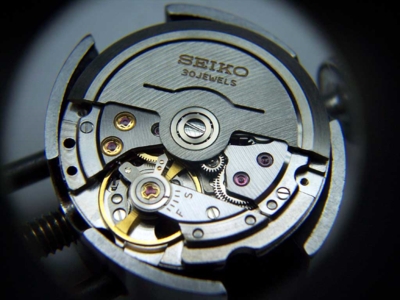
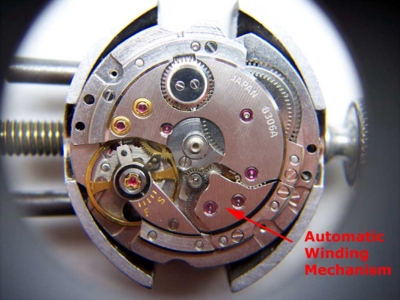
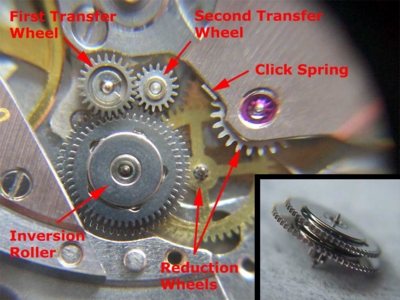
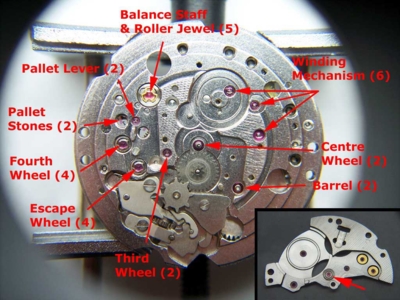
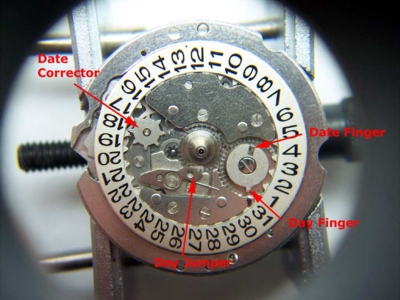
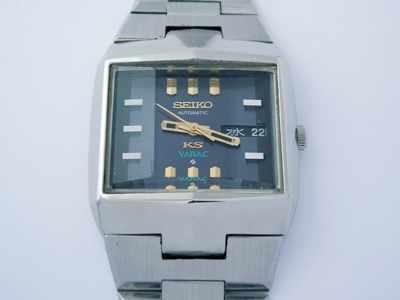
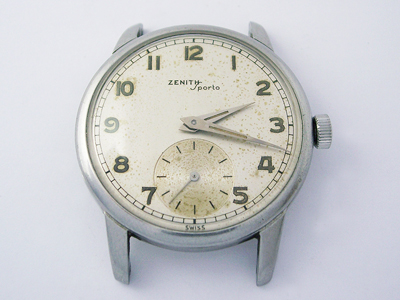
Excellent article, thank you for sharing your knowledge, I get into the world of vintage watches and now I’m lost. Now I went even further and start servicing those watches, is exciting discovering how they work and the different approach followed for different brands to solve similar needs.
I have just bought my first vintage Seiko not knowing what it was or how old etc it might have been. It turns out that I think I have got a real bargain having only paid out the princely sum of £5 for what has turned out to be a rather nice watch. It is a Sealion 8306 – 8090 in totally origanal condition and after winding it up it has kept great time ever since .I found your articale both interesting and informative and having discovered the world of vintage Seiko watches I am now spurred on to find others.
A great review on an under appreciated calibre. I have may Seikos, but my favorite is a Sealion M99 8036 8041. Mine is one of those delightful watches that slipped through a worm hole largely unworn and undamaged and I suspect unserviced in its 45 year life. It still keeps great time and looks devine.
Thank you for tihis review. It’s very interest.
From Barcelona (Spain).
Great article on the 8306 movement. Its good to see an objective evaluation of watches on absolute terms. So many watch buyers and fans are driven by branding and perceptions instead of real knowledge and understanding. Branding and marketing dont tell the real story, but a detailed examination will tel you how good a watch is regardless of price.
Watch enthusiast are cerebral and realists for the most part, which makes interesting and worth while to listen to.
keep up the good work.
Rob.